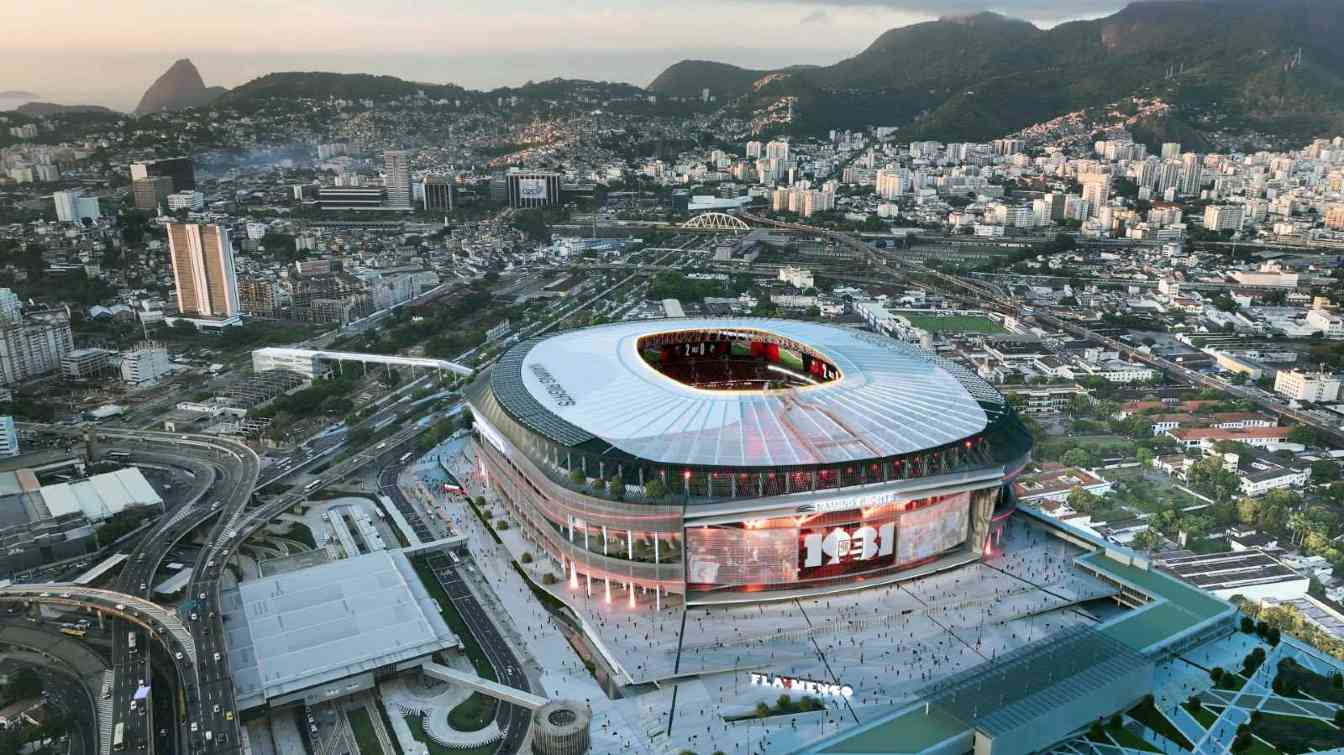Brazil: Contaminated soil halts Flamengo's dreams. Stadium construction delayed?
source: StadiumDB.com; author: Jakub Ducki
 Flamengo's plans to build a modern stadium in the heart of Rio de Janeiro have encountered a serious obstacle. The need to decontaminate the site of the former Gasômetro industrial plant has forced a delay in the timeline by at least two years.
Flamengo's plans to build a modern stadium in the heart of Rio de Janeiro have encountered a serious obstacle. The need to decontaminate the site of the former Gasômetro industrial plant has forced a delay in the timeline by at least two years.
Advertisement
Unexpected halt to work
The port area of Rio de Janeiro, specifically the site of the former Gasômetro, was supposed to become the new home of Flamengo – one of the most decorated football clubs in Brazil. The club planned to carry out its long-awaited investment there: its own modern Estadio do Flamengo, which was meant to free the club from sharing Maracanã with rivals and provide new sources of revenue.
However, as reported by architect Fabrício Chicca, this process must be halted. The reason is soil contamination, which makes it impossible to begin any construction work until the decontamination procedure is completed — which could take up to two years.
 © ARENA Events+Venues / Clube de Regatas do Flamengo
© ARENA Events+Venues / Clube de Regatas do Flamengo
Negligence by previous management
The contamination of the land is neither new nor surprising. As Fabrício Chicca points out on his channel Mundo na Bola,
information about the pollution had already been publicly available before. Despite this, the club’s former management – headed by president Rodolfo Landim – allegedly underestimated the scale of the problem and ignored the risks associated with building on such a challenging site.
"The previous administration did not treat the contamination seriously, even though public information at the time already indicated a higher risk than was being communicated," Chicca said. The initial plans assumed the new stadium would be completed and operational in 2029, but given the current situation, that date now seems unlikely.
 © ARENA Events+Venues / Clube de Regatas do Flamengo
© ARENA Events+Venues / Clube de Regatas do Flamengo
Time as Flamengo’s new ally
Although the delay may seem like a blow to the club and its supporters, Chicca also sees positives in the situation. In his view, the additional months could be well spent on preparing a project that meets the highest architectural, functional, and economic standards.
Flamengo will have more time to refine the project, conduct architectural competitions and construction tenders, which could lower the final cost of the work,
the architect argues. According to Chicca, the vision of the biggest football cauldron in the world
is still within reach. However, it requires patience and the right approach to planning.
Advertisement

 StadiumDB
StadiumDB